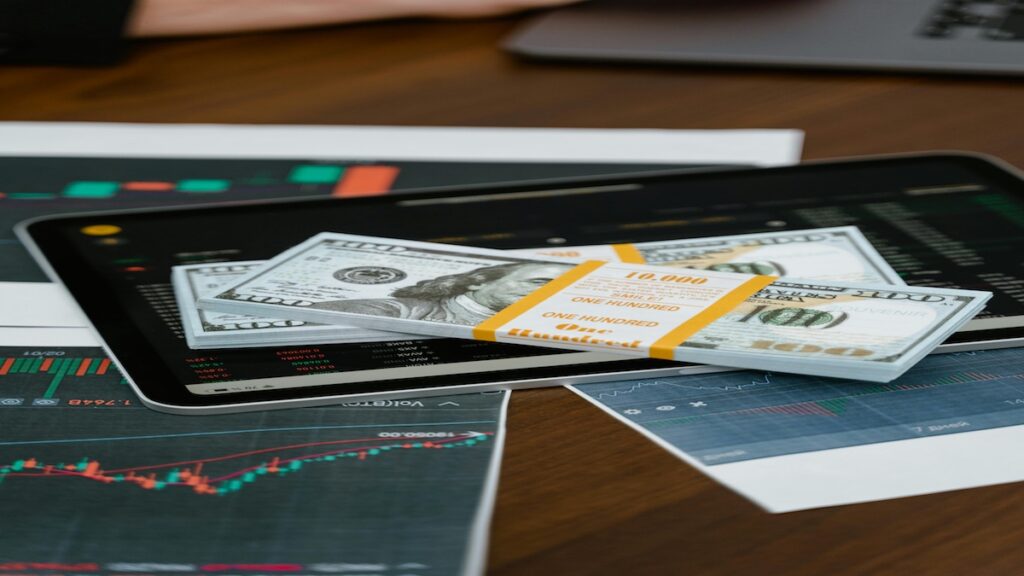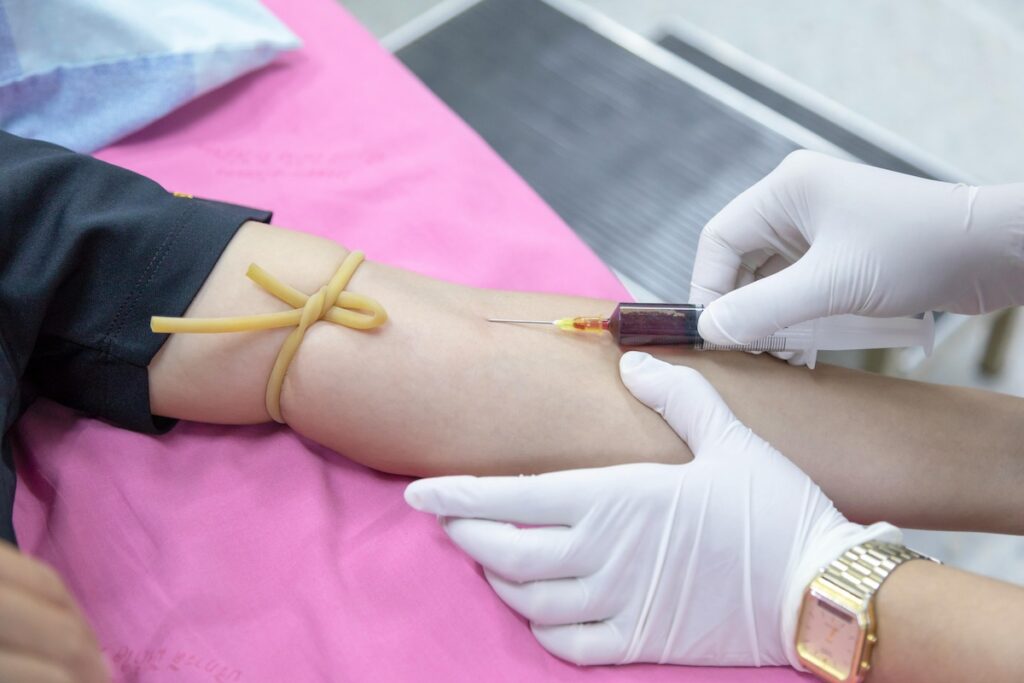Introduction: Why Understanding Korean Gas Stations Matters
If you are a foreigner living in Korea or simply renting a car for your travels, you will eventually face one simple but essential question: How do I refuel my car in Korea? While this may sound straightforward, gas stations in Korea have unique features that can confuse newcomers.
From the way fuel types are labeled in Korean to the price differences depending on region or location, understanding the basics of Korean gas stations will save you money, time, and potential mistakes. Moreover, Korea has its own safety customs—such as using plastic gloves to prevent static electricity—that make the refueling process different from what you may be used to in your home country.
This guide explains everything you need to know: fuel types, price structures, highway vs city gas stations, self-service vs full-service stations, and major fuel brands like GS Caltex, S-OIL, SK Energy, and Hyundai Oilbank.
1. Fuel Types in Korea: Learn the Korean Words
The first thing foreigners must learn is how to recognize fuel types at the pump. Fuel is written in Korean, and choosing the wrong one can cause serious damage to your car.
휘발유 (Hwilbal-yu, Gasoline)
- Korean word for gasoline (petrol).
- Usually written as 휘발유 in large letters.
- Standard fuel type for most passenger cars.
경유 (Gyeong-yu, Diesel)
- Korean word for diesel fuel.
- Label: 경유.
- Used mainly for SUVs, vans, and trucks.
고급 휘발유 (Gogeup Hwilbal-yu, Premium Gasoline)
- Literally means “high-grade gasoline.”
- Label: 고급 휘발유.
- Higher octane fuel, often required for imported luxury cars like BMW, Mercedes, or sports cars.
👉 Tip for foreigners: Before driving, check your rental agreement or car manual for the correct fuel type. At the gas station, match it with the Korean label.
2. Fuel Prices in Korea: Why They Vary
Unlike in some countries where fuel prices are standardized, in Korea fuel prices differ depending on location, brand, and type of station.
City vs Suburbs
- Seoul & Gangnam: Prices tend to be higher because of real estate costs and higher demand.
- Provincial Cities & Rural Areas: Generally cheaper than the capital.
Highway Gas Stations
- Contrary to some expectations, highway rest area gas stations in Korea are often more expensive than regular city stations.
- Convenience factor drives up the cost: drivers have fewer choices while traveling.
Fuel Price Range (2025)
- Gasoline (휘발유): Around 1,600–1,800 KRW per liter (fluctuates weekly).
- Diesel (경유): Slightly cheaper, 1,500–1,700 KRW per liter.
- Premium Gasoline (고급 휘발유): Around 1,800–2,000 KRW per liter.
👉 Tip for saving money: Use apps like “OIL NOW” or “OPINET” that show nearby gas prices. Many Koreans check these apps to save 100–200 KRW per liter.
3. Self-Service vs Full-Service Stations
Full-Service (주유원 있음)
- Traditional stations where staff refuel your car.
- The attendant asks what fuel you want and how much money to spend (e.g., “만원 주세요” = “10,000 won of fuel, please”).
- Convenient for foreigners who struggle with Korean.
Self-Service (셀프 주유소)
- Increasingly common in Korea.
- Usually cheaper than full-service stations by 50–100 KRW per liter.
- You pay at a card terminal, select your fuel type, and pump it yourself.
Why it’s interesting:
- Foreigners are usually familiar with self-service, but for Koreans this was a big cultural shift in the last decade.
- Many older drivers still prefer full-service because it feels easier.
👉 Tip for foreigners: At self-service stations, instructions are often available in English. If not, remember:
- 주유 시작 (Start fueling)
- 취소 (Cancel)
- 결제 (Payment)
4. Unique Korean Gas Station Features
Static Electricity Safety Gloves
Korean gas stations provide plastic gloves to wear when fueling your car. This reduces the risk of static electricity igniting fuel vapors—a rare but potentially dangerous issue.
- Gloves are often in a dispenser near the pump.
- Many foreigners find this unusual, but it is a unique Korean safety precaution.
Paper Towels & Hand Cleaners
Stations usually provide tissues or cleaning sprays near the pump. After fueling, you can wipe your hands or clean your credit card.
Payment Options
- Credit/debit cards widely accepted.
- Cash also works, but card is more convenient.
- Some stations accept mobile payment apps like Samsung Pay or Naver Pay.
5. Major Gas Station Brands in Korea
GS Caltex (지에스칼텍스)
- One of the largest networks in Korea.
- Recognizable by green and blue logos.
- Known for clean facilities and reliable service.
S-OIL (에스오일)
- Popular brand with a yellow/orange logo.
- Sometimes slightly cheaper than competitors.
SK Energy (SK에너지)
- One of Korea’s oldest fuel companies.
- Strong presence in both cities and rural areas.
Hyundai Oilbank (현대오일뱅크)
- Widely available and modernized.
- Recognizable by blue and white branding.
6. Gas Stations on Highways
Highway rest areas in Korea are more than just fueling stops. They are mini-cities with food courts, convenience stores, and even specialty shops.
- Fuel Price: Usually higher than city stations.
- Convenience Factor: Easy access, food + restroom + fuel in one place.
- Cultural Note: Korean families often treat highway rest stops as part of the trip, not just a stopover.
👉 For foreigners, highway gas stations are a great place to experience Korean travel culture, not just fueling.
7. Practical Tips for Foreigners
- Learn the Words:
- Gasoline = 휘발유 (Hwilbal-yu)
- Diesel = 경유 (Gyeong-yu)
- Premium Gasoline = 고급 휘발유 (Gogeup Hwilbal-yu)
- Check Prices Beforehand: Use apps like OPINET to save money.
- Try Self-Service: It’s cheaper and easy if you know the fuel type.
- Use Gloves: Don’t ignore the plastic gloves—it’s for your safety.
- Be Ready at Highway Stops: Expect higher prices but enjoy the facilities.
Conclusion: More Than Just Fuel
Gas stations in Korea are not only practical but also cultural. They reflect modern changes, such as the rise of self-service, and traditional Korean values of safety and hospitality. For foreigners, learning the basics—fuel types in Korean, price differences, and how to use self-service pumps—will make your travels smoother.
Next time you drive in Korea, remember: fueling is not just about filling your tank. It’s about experiencing another small but fascinating part of everyday Korean life.

